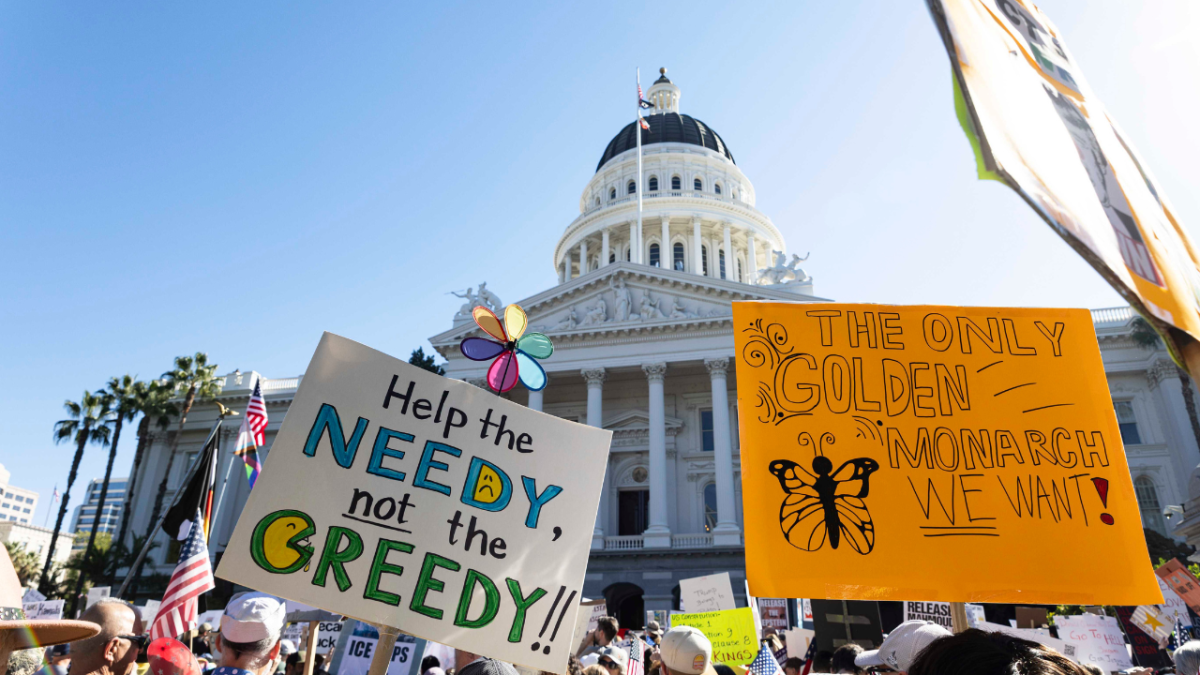Exhibit brings history of eugenics to campus
January 7, 2007
Carrie Buck, of Charlottesville, Va., was 17 years old and already had a child when the doctors of the Virginia Colony for the Epileptic and Feebleminded picked her for sterilization, according to an article by Professor Paul Lombardo of the University of Virginia.
Buck was the perfect candidate: She gave birth to a daughter, Vivian, out of wedlock, just as her mother Emma did for her; both Emma and Carrie had traits of “feeblemindedness and sexual promiscuity.”
The doctors at the Colony failed to note that Carrie had been raped and that her daughter was receiving As and Bs in school.
Buck’s case was appealed to the U.S. Supreme Court in the spring of 1927. Chief Justice Oliver Wendell Holmes declared that since all three women possessed a low mentality, Carrie should be sterilized. Holmes’ judgment summed up the mission of eugenics and sterilization: “Three generations of imbeciles are enough.”
The case Buck vs. Bell was one of the main topics shown in “Human Plants, Human Harvest: The Hidden History of California Eugenics,” an exhibit Tuesday at the University Library Gallery.
Kathryn Sylva, an associate professor of the design program at UC Davis, worked with Ralph Brave, a science writer, to put together the history of eugenics and sterilization in California.
Sylva and Brave put together this exhibit to “bring up the topic and to make it more visible to the public,” Sylva said.
Eugenics is the applied science of creating better humans “by encouraging the reproduction of ‘good’ genes and discouraging those with ‘bad’ genes,” according to the Eugenics Archive Web site.
In 1909, California became the third state in the nation to legalize sterilization of the undesirables. Usually people who were sexually promiscuous, alcoholics, epileptics or “morons” could be deemed qualified for sterilization. The public could view the original 1909 bill for sterilizations.
One side of the Gallery was dedicated to the famous leaders of eugenics in California. David Starr Jordan, the first president of Stanford University, and Lewis M. Terman, a professor of psychology at Stanford, both advocated better human reproduction in the Golden State.
Harry Chandler was the publisher of the Los Angeles Times, a big promoter of eugenics and sterilization in the early part of the 20th Century. There were several quotes from Sacramento-native and Sacramento State benefactor Charles M. Goethe.
The public could view rare photos from a state hospital with people who were sterilized. They were also presented with diagrams showing the sterilization operations.
By 1964, over 20,000 people were sterilized in California. However, these operations were continuing into the late 1970s until then-Assemblyman Art Torres of East Los Angeles spoke to a couple women who had gone in for cesarean sections and came out sterilized at East Los Angeles County Hospital.
“I couldn’t believe that the state was taking part in this,” Torres said, now the Chairman of the California Democratic Party. “It’s a very sad part of California history.” Torres had authored Assembly Bill 1204, to repeal the 1909 sterilization law in 1979.
Also speaking to the public was Professor Paul Lombardo, the director of the University of Virginia Center for Law and Medicine. He gave a brief history of eugenics and of his part of California’s eugenics history.
In March 2003, he received calls from the governor and attorney general’s offices asking him to speak to the California State Senate Select Committee on Genetics, Genetic Technology and Public Policy. Three hours after Lombardo spoke to the Legislature for two hours on the state’s role in eugenics, Governor Gray Davis formally apologized for the state’s mistakes. This exhibit was particularly poignant today.
“Charles Murray, an author and policy analyst, wrote an article wanting to detect the markers of genes that include race,” Brave said.
Rich Hayes, executive director of the Center of Genetics and Society, said, “New technology, if misused, could bring back eugenics.”
Some examples he gave were stem-cell research and genetic altering, where corporations are convincing parents to genetically engineer their children. He called the latter “wholesale discrimination.”
Newspapers that advocated and supported sterilization 70 years ago, were now admitting that they were wrong and sought amends for their past wrongdoings.
“It was the work of journalists and scholars who wrote apologies and histories of eugenics who really brought up the issue,” Lombardo said. “We need to be more aware of history, even all of the bad things that we have done.”
Jamie Gonzales can be reached at [email protected]
























































































































